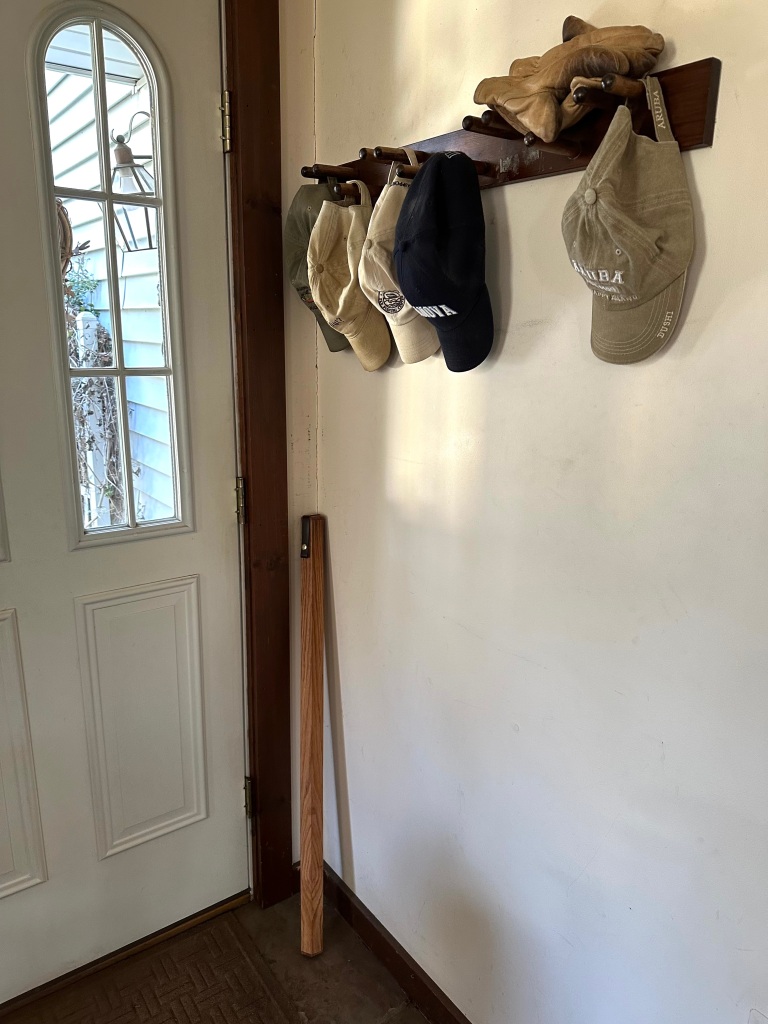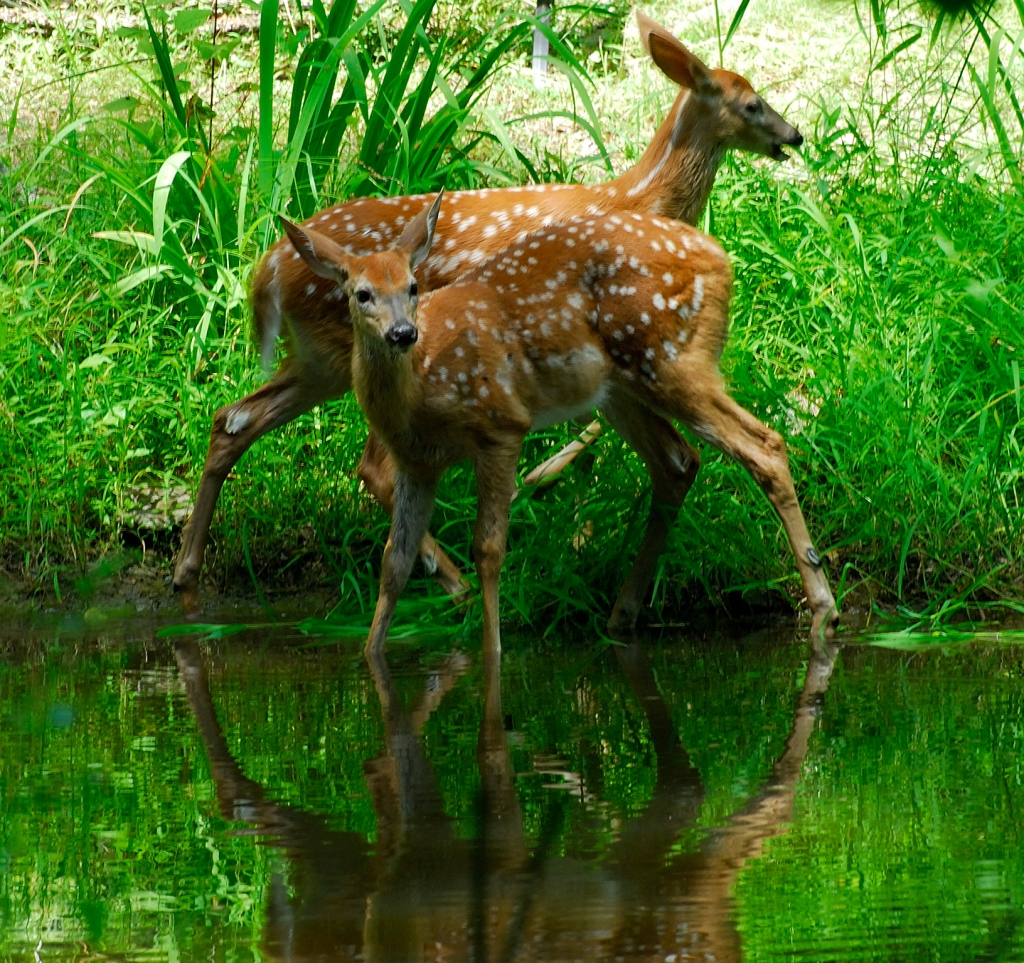My opening day is not dictated by the calendar, but rather by temperature. This is because the state’s official opening day applies to streams stocked with hatchery-bred trout and not those where wild fish live out their secret lives, streams like Bonnie Brook, the little rivulet flowing a few miles from our home located in the foothills of the Kittatinny Ridge. Even so, the temperatures for most of March have remained in the mid-forties, dropping down into the thirties each evening. For this reason, I grab the sweatshirt from a rack on the wall while passing by the tube leaning in the corner behind the door, the one holding a fly rod, with cane the color of caramel constructed by Tom Whittle, the Pennsylvania craftsman and artist.

My jeans, work gloves, and duck boots are lined with flannel, my watch cap weaved with wool. It’s Easter Sunday, but the clouds, dark and foreboding, make it feel more like Good Friday. Once out the door, I lower the watch cap over my ears and raise the hood on the sweatshirt. Crossing the yard, I open the door of a small shed beside the lean-to where rows of billets are neatly stacked. Inside, I grab a maul. On one side of the shed, in front of the lean-to, a mountain of split-wood towers over an old stump. On the other side are logs waiting to be split.
Standing a log on the chopping block, I stand, legs apart while swinging the six-pound maul. One half of the log falls to the ground while the other remains on the stump. Swinging the maul, I split the half into quarters. I grab the other half, once more swinging the maul. Bending forward, I chuck the billets to the top of the mountain and then repeat the process.
Two hours later, I’ve removed the sweatshirt. The watch cap is raised above my ears even though my daughter says wearing it this way makes me look like Papa Smurf. The wood I’ve been splitting is mostly white ash felled because of the damage caused by the emerald ash borer. The infestation has forced me to take down more trees than would be required to burn in a single winter. Ash are one of my favorite hardwoods. They split easily, burn well, and make good kindling. While culling one or two trees each winter, I’ve always made sure to leave many more standing. According to Norse and Celtic legends ash trees are sacred. The ancient Greeks believed wood nymphs, known as Meliae made the trees their home. I will miss these trees that have graced our woodlot and now follow the Meliae, who according to Greek mythology suffered the wrath of Zeus and were destroyed in the Great Deluge.
Although I’ve heard them calling from the lower field, phoebes have yet to return to the nest under the eaves of Trish’s potting shed where they’ve raised a number of families over the last few years. Blue jays and cardinals have remained throughout the winter while the first robins recently returned. A few weeks back, during three days of on-and-off icy rain, a pair of purple finches swung onto our back porch. They perched on pegs holding a rusted watering can and wicker creel, their breast feathers puffed out. After a number of minutes, first the rose-breasted male and then the brown-streaked female flew across the lawn and into the naked branches of a dogwood tree.
The following week, a pair of wrens began building a nest in the creel. For the better part of a morning, I tapped out an essay while watching them flitting back and forth with twigs and twine in their beaks. Sometime before lunch, they departed and have not returned. This morning, bluebirds checked out the wooden house nailed to a cedar post in our vegetable garden where the previous spring they raised three fledglings. It was the bluebirds that got me off my ass and out to the woodpile while Trish cooks annual ham dinner with all the trimmings and before I pick up my mother-in-law .

The low hanging clouds fail to dampen the spirit of songbirds chattering in great numbers from the highest branches of two cedar trees standing like sentinels above the mountain of firewood. The radio is tuned to the NPR station out of Philadelphia. Chickadees and titmice add their voices to those of finches, nuthatches, and white-throated sparrows, forming a chorus behind Steve Earl as he sings about his Galway Girl, who it is said was not from Galway, but rather from Howth, east of Dublin.

Leaning the maul against the stump, I slump into a plastic chair, my legs stretched out, one boot on a log, the other tapping against the sawdust sprinkled across the soil until my Galway Girl calls from the door. It’s time to pick up her mother.

– MY TWO GALWAY GIRLS




















